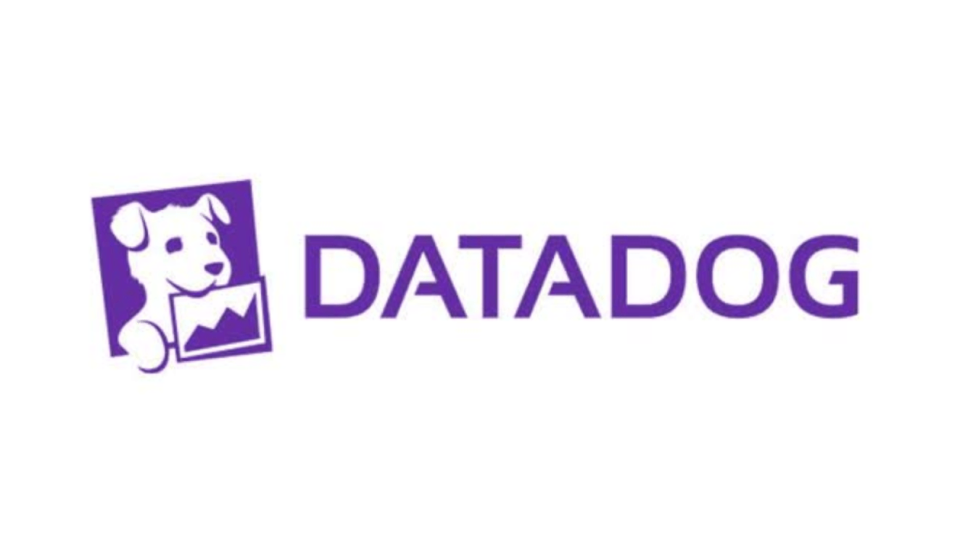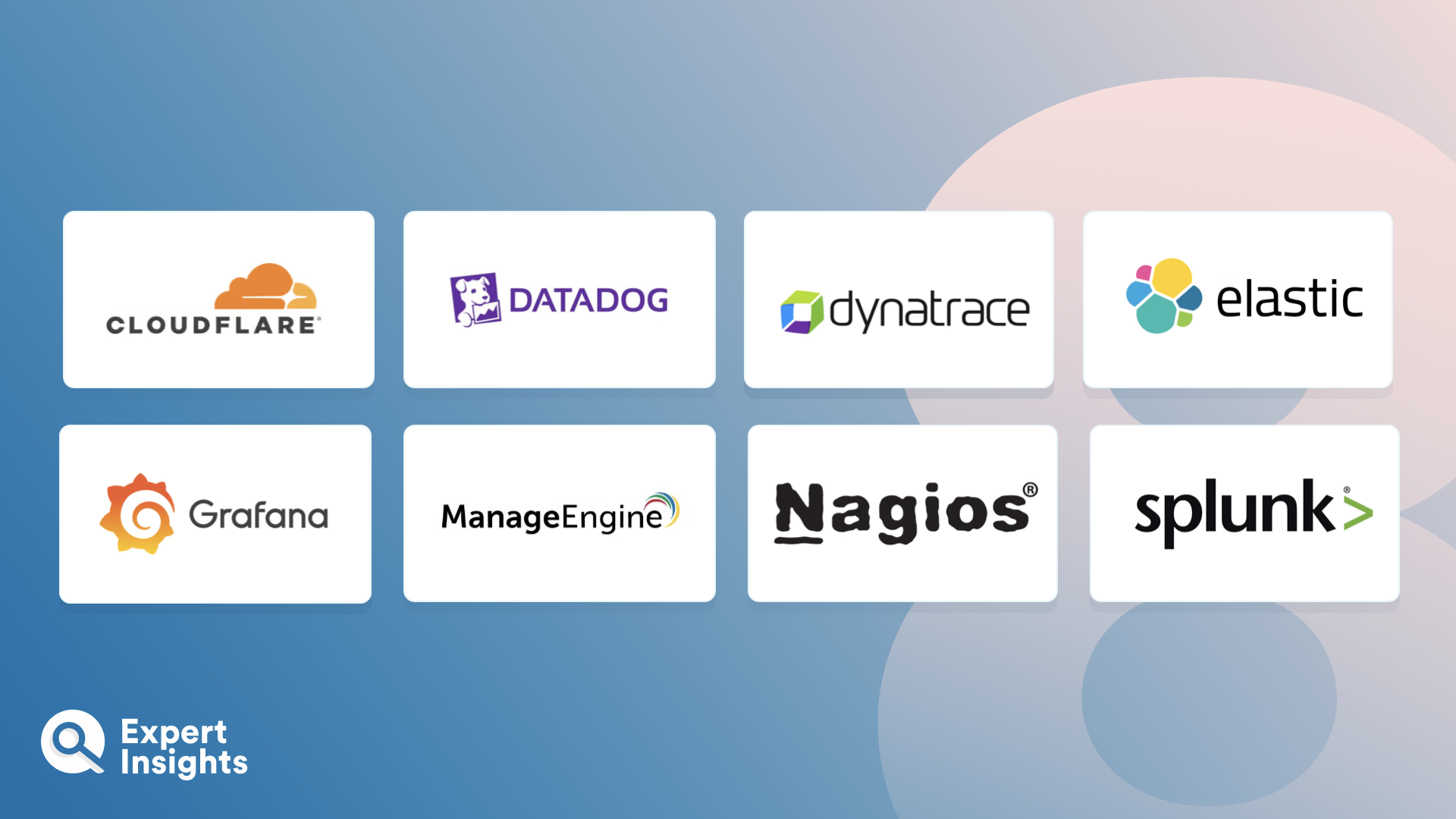Continuous security monitoring tools actively track and analyze an organization’s IT systems in real-time to identify potential security threats and vulnerabilities. They employ techniques like log analysis, threat intelligence feeds, behavioral analytics, and anomaly detection to monitor for suspicious activities or deviations from normal behavior that may indicate a potential risk.
By continuously monitoring the environment and correlating information across different data sources, continuous security monitoring tools can provide a comprehensive view of your security posture in real-time, allowing your security team to swiftly respond to emerging threats, strengthen your overall cybersecurity defense, and minimize the impact of security incidents.
There are three types of continuous security monitoring tool: infrastructure monitoring tools (which identify issues with any physical or hardware components of your IT environment); network monitoring tools (which identify issues at the network level such as traffic-related issues); and application monitoring tools (which identify issues with an application’s code).
In this article, we’ll focus on infrastructure and network monitoring tools, exploring the best solutions designed to monitor your IT systems for suspicious activities, anomalies, and potential cyber threats. We’ll highlight the key use cases and features of each solution, including behavior monitoring, advanced analytics, anomaly detection, threat blocking, and incident response.














